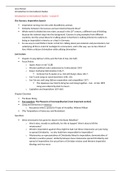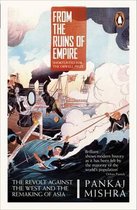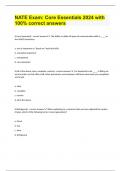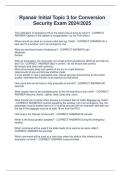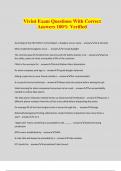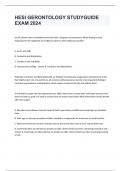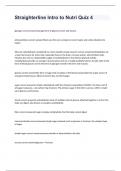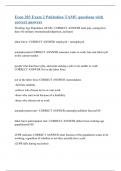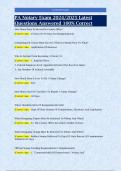Samenvatting
Introduction to International Studies - Final Exam Summary
- Vak
- Instelling
- Boek
A thorough combined summary of the lecture slides, lecture notes, and readings for Weeks 8 to 12 for Introduction to International Studies! Everything you need to get a high grade for the final exam!
[Meer zien]
